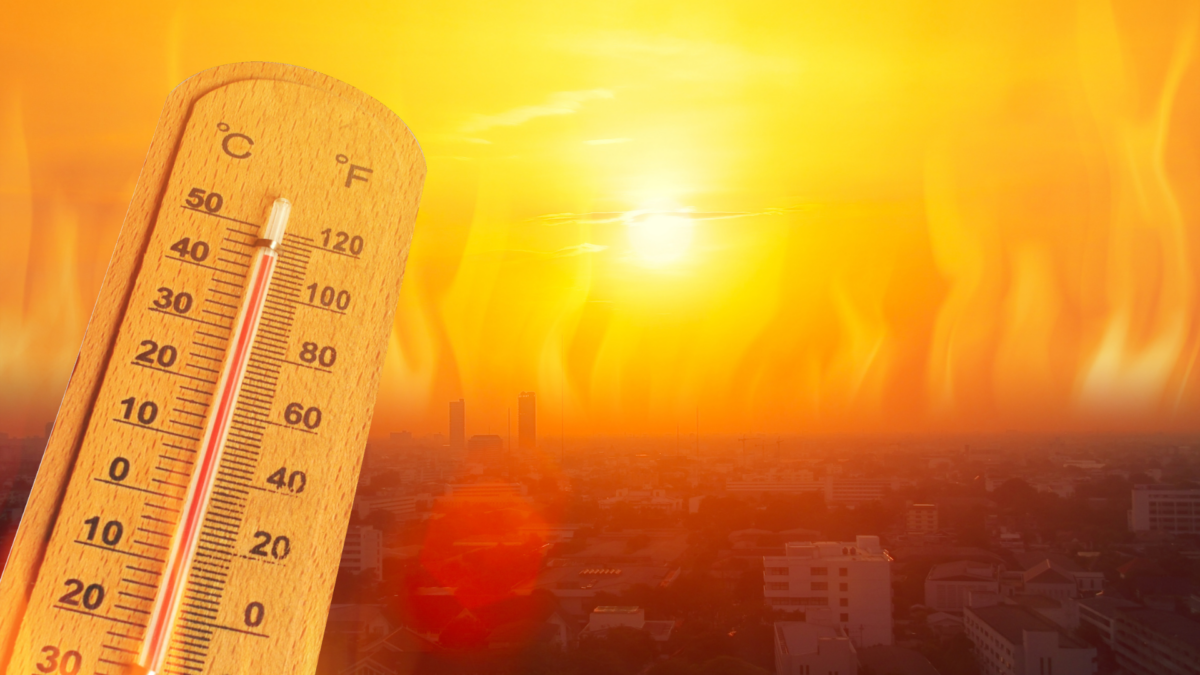Heat indices in NCR, 24 more areas may hit danger level May 10

INQUIRER stock photo
MANILA, Philippines — The heat indices in Metro Manila (the National Capital Region) and 24 other areas were forecast to reach the “danger” level on Friday, the Philippine Atmospheric, Geophysical and Astronomical Services Administration (Pagasa) warned.
Below is the list of places where heat indices ranging from 42 to 45°C may be experienced:
45°C
- Virac, Catanduanes
44°C
- Dagupan City, Pangasinan
- Puerto Princesa City, Palawan
- Roxas City, Capiz
43°C
- San Jose, Occidental Mindoro
- Guiuan, Eastern Samar
42°C
- Ninoy Aquino International Airport, Pasay City
- Iba, Zambales
- Central Luzon State University in Muñoz, Nueva Ecija
- Cubi Point in Subic Bay, Olongapo City
- Sangley Point, Cavite
- Infanta, Quezon
- Alabat, Quezon
- Aborlan, Palawan
- Cuyo, Palawan
- Legazpi City, Albay
- Masbate City, Masbate
- Central Bicol State University of Agriculture in Pili, Camarines Sur
- Mambusao, Capiz
- Iloilo City, Iloilo
- Dumangas, Iloilo
- Catarman, Northern Samar
- Catbalogan, Samar
- Tacloban City, Leyte
- Dipolog, Zamboanga del Norte
READ: Pagasa: Dry season temperature may have already peaked
According to Pagasa, heat index is “a measure of the contribution that high humidity makes with abnormally high temperatures in reducing the body’s ability to cool itself.”
Heat indices ranging from 42 to 51 °C fall under the “danger” category, and people exposed to these heat indices are prone to heat cramps, exhaustion, and even heat stroke after a drawn-out exposure.
To prevent the effects of roasting weather, the state weather bureau said the public must limit time spent outdoors; drink plenty of water; avoid tea, coffee, soda and liquor; use umbrellas, wear hats, and wear sleeved clothing outdoors; and schedule heavy-duty activities on the cooler periods of the day.
READ: Pagasa issues thunderstorm watch in Greater Metro Manila Area
It also noted that symptoms of heat-related illnesses include heavy sweating, exhaustion or fatigue, dizziness or lightheadedness, blacking out or feeling dizzy when standing, a weak but fast pulse, nausea, and vomiting.
In cases of emergency, Pagasa advised the public to do the following:
- Move the person to a shady spot and lie him/her down with legs elevated.
- If conscious, have the person sip cool water.
- Remove clothing.
- Apply cool water to the skin and provide ventilation.
- Apply ice packs to the armpits, wrists, ankles and groin.
- If the condition of the person worsens, bring him/her to a hospital immediately.